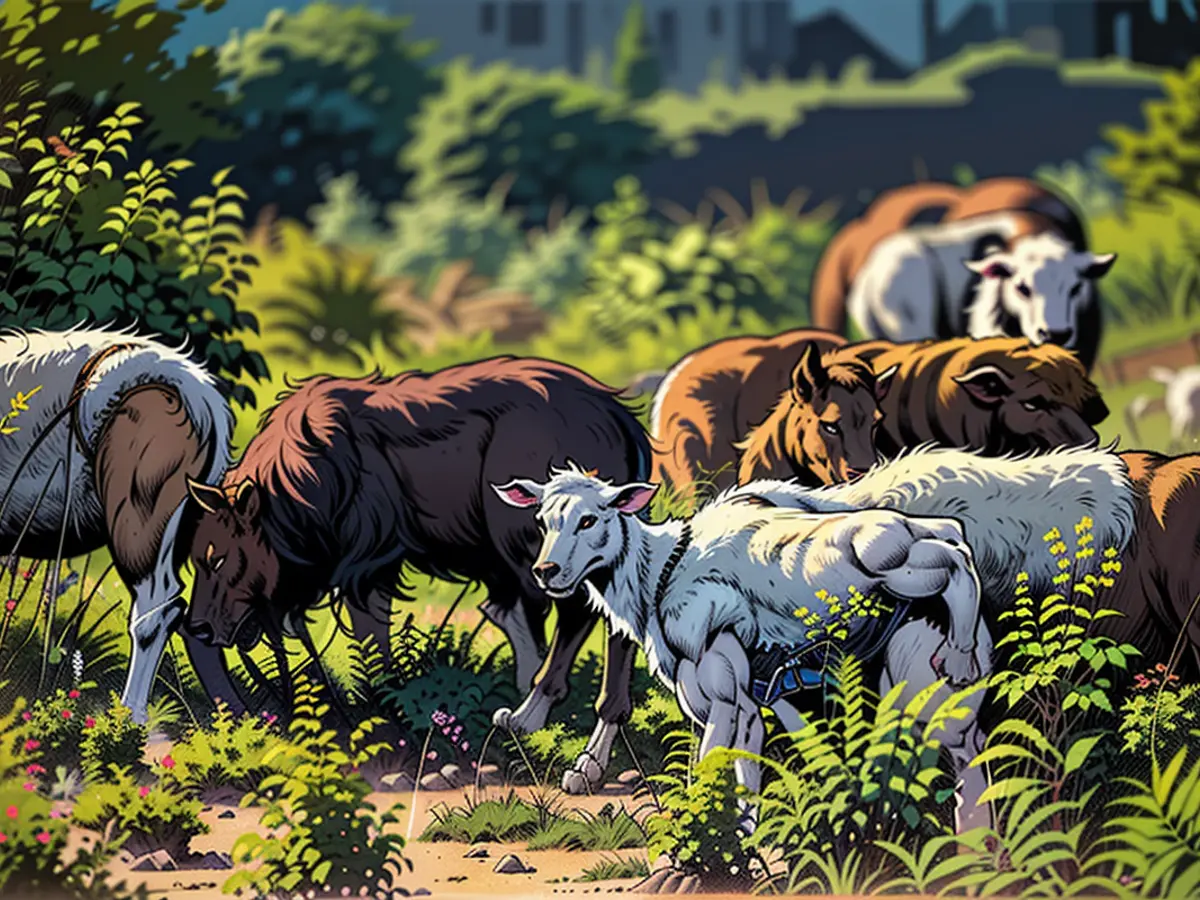Sheep buried alive in Greece?
In Greece, the plague of the little ruminants is spreading. Infected animals are highly contagious, but consumption of meat or milk is harmless. In order to contain the disease, farmers have reportedly resorted to a harsh measure.
According to local authorities, live animals have been buried in the context of disease control in Greece. "We have received a complaint that living animals were buried," said the governor of the central region of Thessaly, Dimitris Kouretas, to journalists. A responsible veterinary officer was subsequently dismissed.
The authorities have been trying to contain the outbreak of the so-called goat plague (PPR) near the city of Trikala since the beginning of July. The disease is highly contagious for sheep and goats but does not transmit to humans. For humans, consumption of infected animals' meat and milk is considered safe.
According to the Ministry of Agriculture, the disease was first detected in Greece. Since the first outbreak on July 11 near the city of Kalambaka, more than 2400 sheep have reportedly been slaughtered.
Investigating the origin of the animals
According to authorities and farmers, the disease was likely introduced to the country through imported livestock. Dozens of veterinarians have been conducting continuous inspections, said Agriculture Minister Kostas Tsiaras on the radio station Skai.
Devastating floods had allegedly decimated the livestock stocks the previous year, forcing farmers to import sheep, including from non-EU countries such as Romania, Turkey, and Albania.
The origin of the animals is now being investigated, said the Minister. The slaughterhouses in the affected areas were ordered closed by the local administration. Farmers were also instructed to keep their herds in the stables.
The international community has expressed concern over the spreading disease in Greece, affecting little ruminants. To prevent the spread beyond Greece's borders, strict measures are being considered for livestock imports, considering the disease's origins may be traced back to imported animals.






